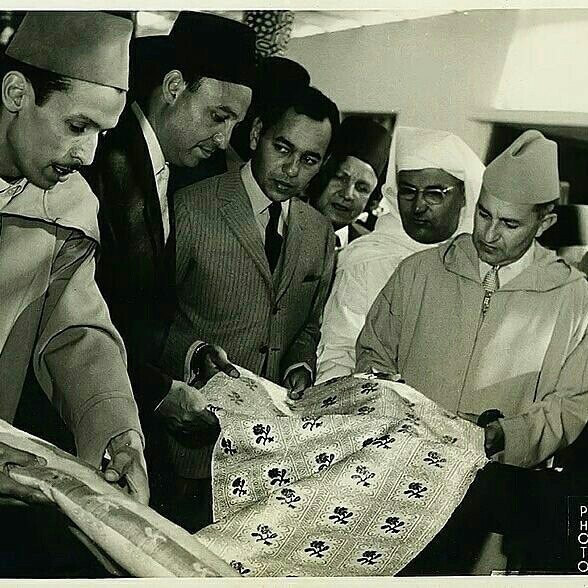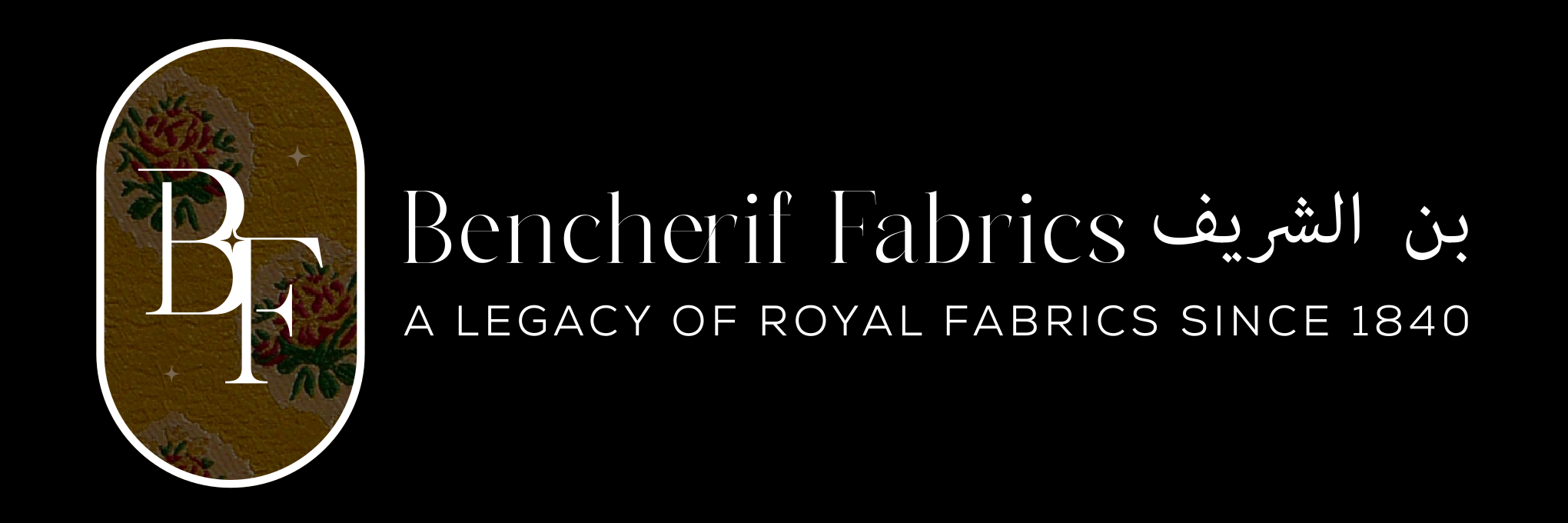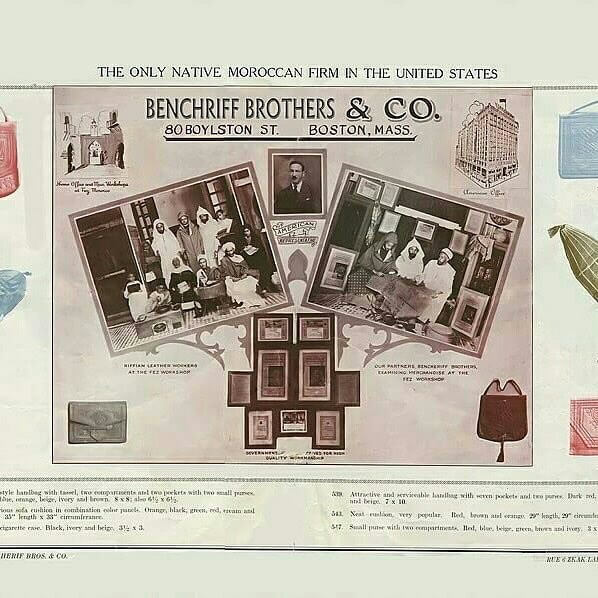
Our History
the ancestor of the Bencherif Family, Sidi Driss, settled in Fez around 1840. He is the descendant of Moulay Cherif Ouedghiri, a figuic branch of the Idrissides, founders of the Muslim Empire of Morocco and belonging to the posterity of the Prophet. Sidi Driss, master in mosaics, is the first of a long line of distinguished craftsmen who still proudly endure today. Sidi Driss has three sons: one is a potter and the other two mosaicists, like him. The latter, Abdelkader and Mohammed Bencherif are among the most gifted artisans of their time. They even took part in the Exposition Universelle in Paris in 1867.
It is the Sultan Mohammed Ben Abdurrahman who sends them there to represent Morocco. The two brothers will be very well received, and even noticed by the emperor Napoleon III. A few years later, one of Abdelkader’s sons, Sidi Ahmed Bencherif, left the profession of mosaicist to make silk brocades. Handmade brocades on very old craftsmanship from a tradition of more than 1500 years ! Ahmed is therefore the first Bencherif to work as a weaver. Its activity is very remunerative and very sought after. He well teach it to his son, Othman, who will make the fine days of the Bencherif family from the beginning of the following century. At the beginning of the 20th century, the Bencherifof Fez create fabrics as it does nowhere else in North Africa. The brothers Othman and Abdelkader Bencherif at that time had a workshop located in the heart of the medina. There are very old trades, a complicated mechanism, by which they realize all sorts of sumptuous fabrics. Belts mainly, which are offered as wedding gifts, made with silks of several colors, covered with gold and silver and worn by the women of the Makhzen and the upper middle class.
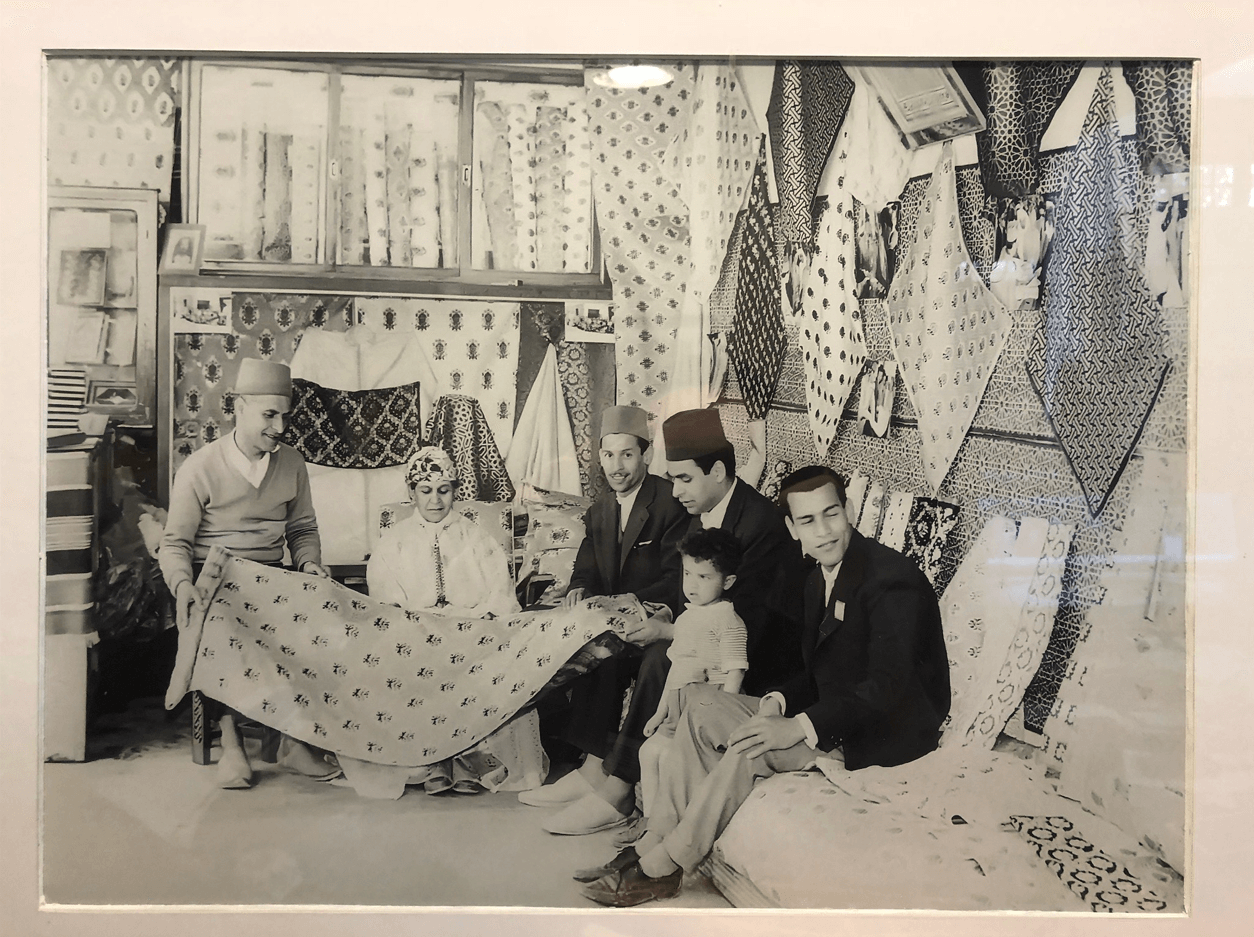
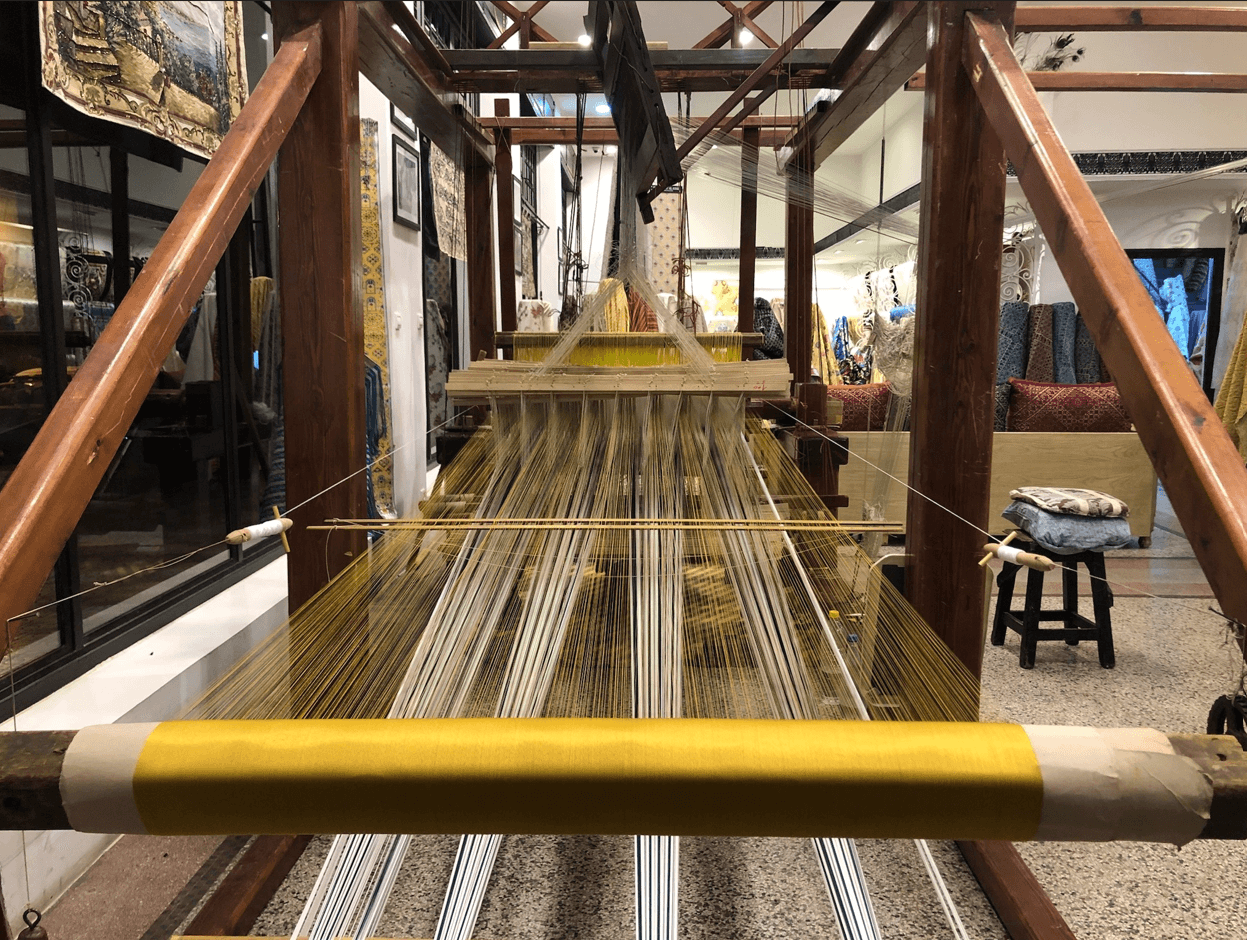
The French Protectorate established in 1912 is also very interested in them. Thus, Prosper Ricard, who leads the policy of artistic renovation undertaken by France, will get in touch with Othman and Abdelkader, whom he describes as two weavers – of very high quality in all points of view -. However, at the end of the 1914 – 1918 war, demand was decreasing. The establishement of the Protectorate opened the market to large European imports, which causes a gradual slowdown in manufacturing. Most Moroccan artisants suffer from this tough competition, which copies their products and even leads some workshops to bankruptcy. This will not be the case for Othman and Abdelkader Bencherif, who are not only talented craftsmen but also wise, realistic and far-seeing observers: they are well aware of the decline of their beautiful craft. They decided to widen their field of manufacture by making fabrics brocaded with silk, without gold, with simpler and less colorful patterns. Designed for the European furniture market, these new fabrics will be highly prized by the wealthy Moroccans themselves, who use them for home decoration. It is at this time that two motifs are born which are still famous today and which are the trademarkif the Bencherif: the rose (lakhrib) and the bouquet (el-bahja).
The whole Bencherif family has thus perfectly adapted to the circumstances by diversifying its production. Mosaic, weavers, potters and leather workers, it is thanks to this diversification of craftsmanship that Bencherif is one of the few families to have passed the difficult transition to the industrial era. The family business continues to expand, and in 1967 El-Ghali and Abdelkrim opened the first Bencherif outlet in Casablanca. In the 1970’s, the Moroccan population regained a certain interest in the local traditions and Bencherif are among the only ones able to carry out such work. In 1975, a second factory was set up in Casablanca, but an important step in the development of Bencherif was the opening in 1993 of an industrial textile mill by Abdelkrim and his children: SIFITEX. In 1999, Bencherif used fifty computerized trades, which allowed them to import only 40% of the yarn necessary for the production of their fabrics (yarn that comes from England, Romania, Japan, Germany, Italy and India). The speed of production is clearly increased.
